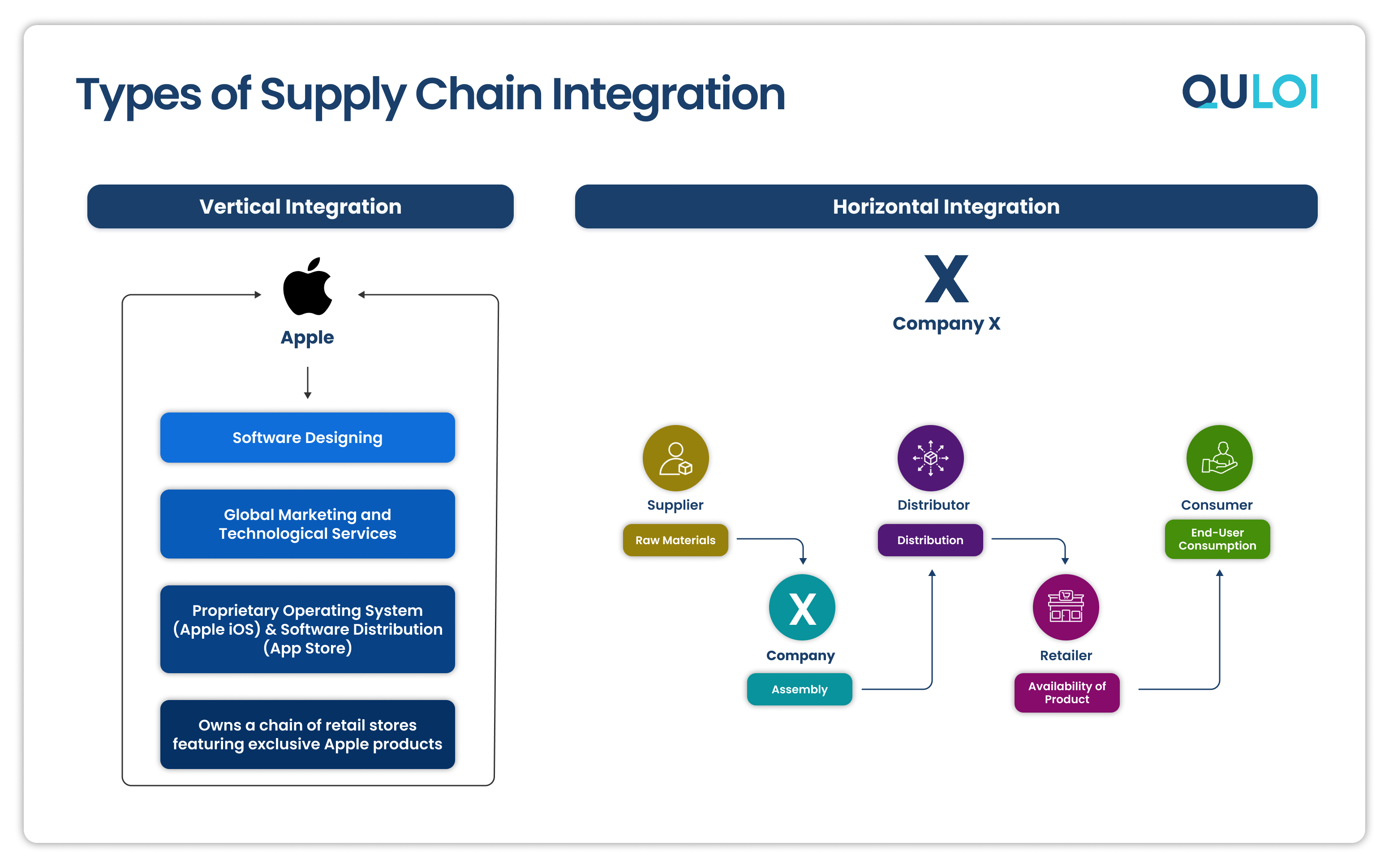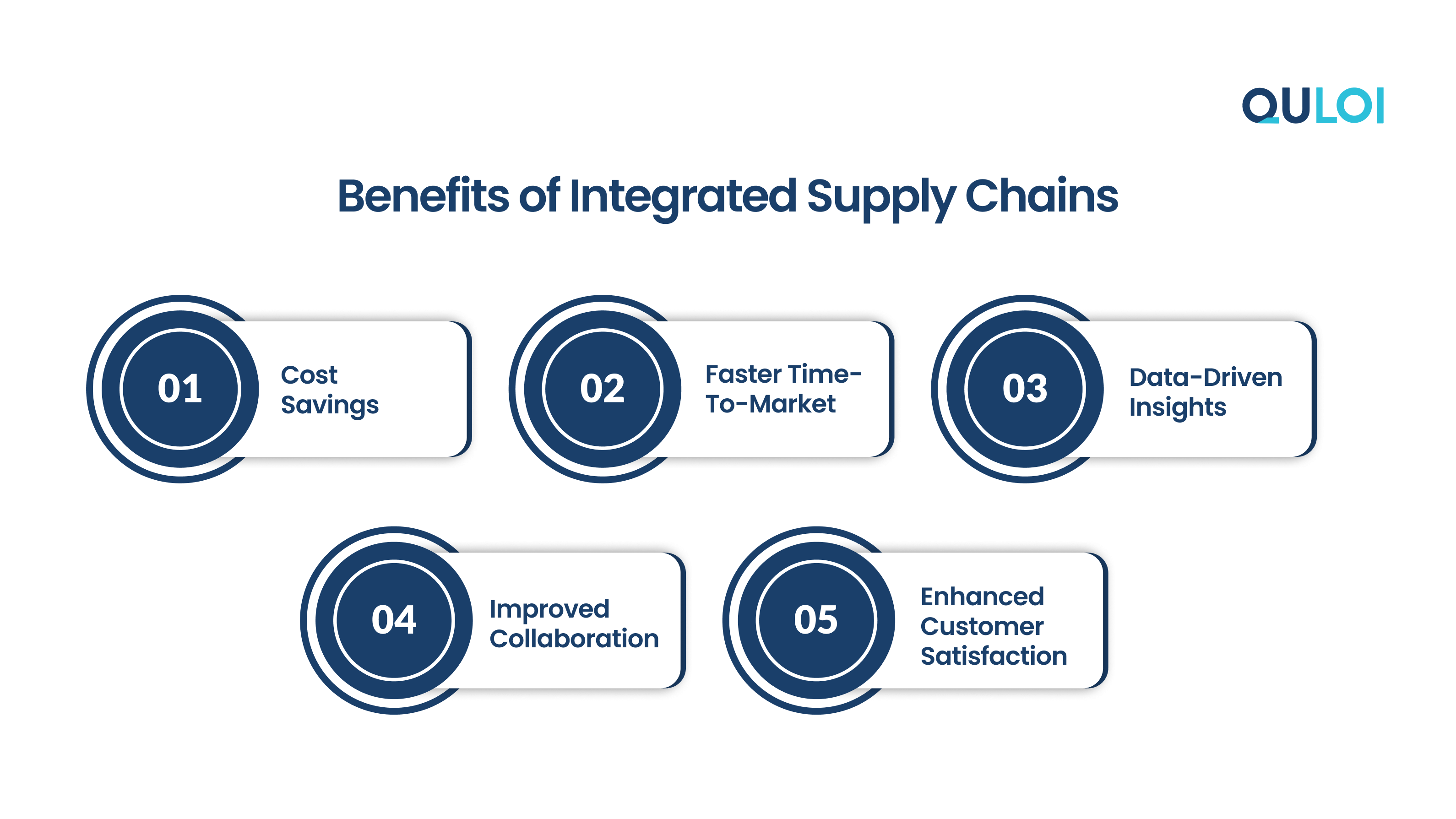Importance of Integrated Supply Chain Management
Imagine living in the 16th century, where you are a merchant trading goods. Over the past few months, you have been facing a delay in cooking oil due to bad weather, and you won’t be able to cater to your customers’ needs. The situation worsened when you discovered the hazelnuts you ordered from Turkey would not arrive on time. And the prices of raw materials increased due to inflation in a neighboring country.
Sounds familiar?
The pandemic, travel restrictions, and small business failures led to decreased production and increased demand for essential goods. Political instabilities, weather challenges, and other disruptions have also been hard on supply chains. The difference between back then and now is today’s customers demand more than just products, more than value for their dollar, and more than speed. They demand an experience that is tailored to their lifestyle and preferences. But process latency, disconnected systems, and inconsistent supplier performances put supply chains on the back foot. Thus, the focus must shift to centralized, cross-functional, and integrated supply chains.
Supply chain integration refers to connecting and streamlining every step of a product’s life cycle, from procurement of raw materials to production, quality control to packaging, distribution, or supply to final consumption. This integrated approach involves complete system transparency from supplier to end customer. As a result of connected systems, reliable suppliers, and process efficiencies, businesses can optimize their operations, increase visibility, reduce supply chain lead times, and foster collaboration among suppliers, manufacturers, distributors, and retailers.
Key Findings | Supply Chain Integration
A striking 85% of supply chain leaders anticipate integrating AI and IoT technologies within the next five years. This reflects the strong commitment and need for digital transformation within the manufacturing industry, particularly high-performing OEMs. Source: MHI Annual Industry Report 2024, with Deloitte
Integration priorities include supplier collaboration, better interconnectivity of internal systems (ERP, SCM), and improved use of demand data.
78% of companies claim digital B2B integration has improved their overall supply chain performance, with 40% reporting significant improvements. Key benefits of integration include minimized costs, faster responsiveness, and higher customer satisfaction.
99% of companies say that integration issues resulted in lost business, with many citing revenue losses upwards of $1 million.
31% of companies say integration initiatives will drive the most value, including improved governance and control capabilities.
32% of companies say one of the biggest challenges they face is the lack of integration skills – further compounding the struggles.
What is an Integrated Supply Chain?
Information Integration
Leveraging data analytics and AI to share real-time data across the supply chain. Implementing software solutions for efficient information flow.
Process Integration
Using centralized systems for seamless data sharing and communication. Automating processes to reduce errors and improve efficiency.
Relationship Integration
Cultivating strong partnerships and building trust among stakeholders. Collaborating with suppliers, distributors, and other partners to build a unified network.
Types of Supply Chain Integrations

Horizontal integration
Horizontal Integration involves buying or cooperating horizontally with different parts of the supply chain, such as suppliers, manufacturers, and retailers. This integration allows for better stakeholder communication and streamlines the process by reducing operational redundancies. For example, a chocolate manufacturer can coordinate with packaging suppliers about upcoming orders or changes in demand so that they can adjust their production schedules accordingly. This ensures that the availability of packaging materials aligns with production requirements – minimizing delays and maintaining a continuous manufacturing flow.
Vertical Integration
Vertical integration in the supply chain involves the same product’s upstream (suppliers) and downstream (customers) activities. This integration allows companies to exert more control in the manufacturing and selling of their products and services. Let’s take an example of a successful tech giant and the biggest orchestrator, Apple, following a vertically integrated business model. The successful company controls a lot of elements in supply chain like software designing, marketing, etc. – resulting in user-friendly and visually appealing high-quality products.
Why Integrate Your Supply Chains?
According to a study by Ehtisham Ali et al. (2023), “integration practices are significantly associated with supply chain performance. The study featured that both external and internal integration influence supply chain performance and confirms the mediating role of organizational antecedents between integration practices and supply chain performance.” Whether you plan to expand vertically or horizontally, integrating your supply chain isn’t an option anymore to stay competitive in a globalized marketplace. Understanding ‘why integrate supply chains’ is important to ensure a supply chain company makes reliable choices in a high-stakes environment.
Integrated Supply Chains
Facilitate faster product development and quicker time-to-market with fewer links in the supply chain. Respond faster to market shifts and seize growth opportunities. Minimize intermediaries and eliminate waste for cost-efficiency.

Cost Savings
According to a study by Katsaliaki et al. (2022), supply chain disruptions can significantly impact supply chains, increasing operational and financial costs. Effective supply chain management identifies the unnecessary processes or steps that increase costs and do not contribute to the final product. By integrating supply chain management, these processes can be removed entirely, decreasing purchasing and production costs – and lowering overall supply chain costs.
Faster Time-to-Market
Manual processes means little transparency into who’s doing what, leading to a waste of time waiting for others to learn the status of tasks. Every time there is a human touchpoint in the workflow, it increases the likelihood of errors. Supply chain executives don’t often have time to review every purchase order – they often wait to review in batches. This affects time-to-market, resulting in delayed deliveries and reduced agility of an organization. Supply chain integration offers real-time insights into supply chain activities, enabling producers to shorten the production lifecycle while swiftly responding to evolving customer expectations.
Improved Collaboration and Seamless Flow of Information
49% of organizations are currently partnering with suppliers and vendors to understand better applications and business benefits related to preparing their supply chains for future disruptions and sustainability. The availability of the right information at the right time is important for the smooth functioning of the supply chain. In a research paper, Chaffe argued that better access to high-quality information has always been an important strategic goal for organizations. Supply chain collaboration simplifies ongoing operations and improves the outcome of strategic planning by providing timely information.
Enhanced Customer Satisfaction
According to Jonsson & Mattson, companies that successfully give their existing customers a fast service within supply chain management will have more satisfied customers. According to Gartner, 83% of businesses develop customer-centric supply chains by emphasizing customer service, differentiated services, and varied fulfillment options. A well-integrated and connected supply chain supports faster order processing, accurate order fulfillment, and timely delivery, improving customer satisfaction and loyalty.
Data Driven Insights
Unlike traditional systems where every department is siloed, integration allows centralized data systems. A centralized repository allows participants in the supply chain to exchange information, collaborate for new ideas, spot areas of inefficiencies, improve production processes, and optimize lead times. This ensures real-time data-driven decision-making and exploring growth opportunities. According to a research, 67.4% of supply chain managers use Excel spreadsheets for management tasks. Data stored in spreadsheets puts your operational and financial performance at risk.
How can Quloi Help with Integrated Supply Chain Management?
Quloi, a cloud based supply chain collaboration platform, offers seamless integration with the most common ERP touchpoints, enabling a smooth data flow, synchronization, and automation. This enhances efficiency, visibility, and decision-making capabilities across different business functions.
Our supply chain Integration platform ensures:
- Reduced discrepancies and ensured coherence across different systems and stakeholders.
- Comprehensive visibility into order status and logistics, enabling proactive decision-making.
- Quicker order processing, accurate delivery timelines, and improved customer responsiveness.
- Seamless collaboration among suppliers, manufacturers, and distributors by sharing critical information, fostering stronger partnerships.
Conclusion
The future of the supply chain is connected and integrated. It enables businesses to achieve better control, reduced costs, improved customer experience, and overall operational excellence. If you want to provide value to your customers and grow sales, integrated supply chains pave the way by centralizing business data, automating processes, and improving team collaboration.
Talk to our supply chain experts to start your Integration journey with Quloi and unlock the potential for a more optimized and efficient supply chain.